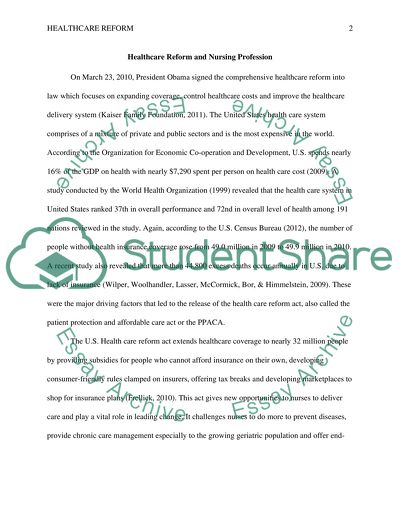Cite this document
(“Health Care Reform and Nursing Profession Term Paper”, n.d.)
Health Care Reform and Nursing Profession Term Paper. Retrieved from https://studentshare.org/nursing/1444933-health-care-reform-in-america
Health Care Reform and Nursing Profession Term Paper. Retrieved from https://studentshare.org/nursing/1444933-health-care-reform-in-america
(Health Care Reform and Nursing Profession Term Paper)
Health Care Reform and Nursing Profession Term Paper. https://studentshare.org/nursing/1444933-health-care-reform-in-america.
Health Care Reform and Nursing Profession Term Paper. https://studentshare.org/nursing/1444933-health-care-reform-in-america.
“Health Care Reform and Nursing Profession Term Paper”, n.d. https://studentshare.org/nursing/1444933-health-care-reform-in-america.


